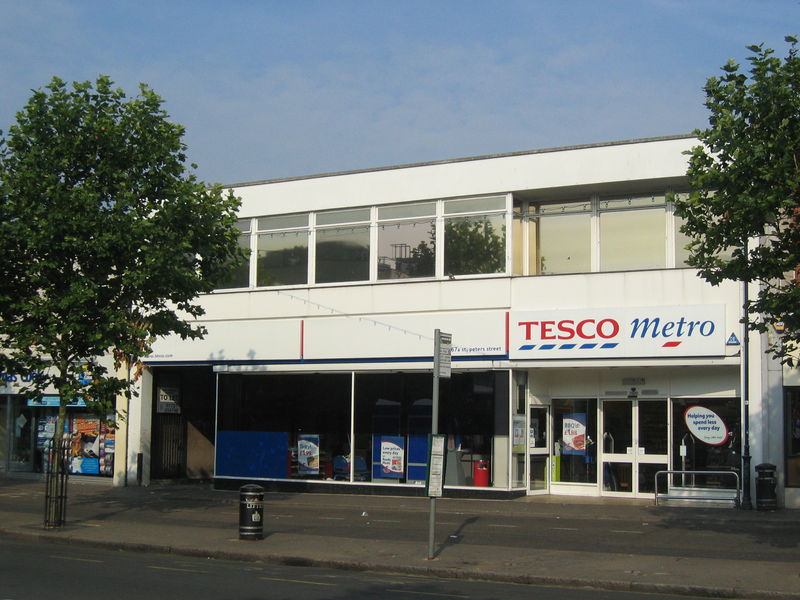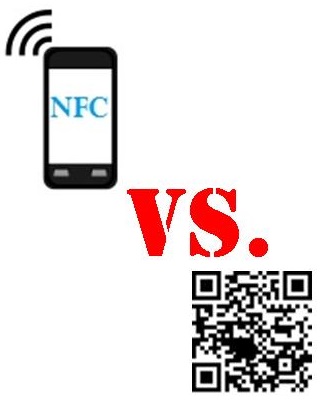
The contactless tech took a big hit when the global retail giant declared it not to be worthwhile.
Tesco, a supermarket giant, has been making some heads spin with its latest announcement that it feels that NFC technology doesn’t have any real value, when speaking at a recent conference.
Many in the industry felt that near field communication is the next up and coming thing.
That said, they may be thinking twice about NFC technology now that the Tesco, a company based in the United Kingdom, gave such a poor assessment of it. The mobile payments industry had been under the impression that this could be the technology that would be used in order to accelerate the drive toward a cashless society.
NFC technology allows information – such as payment transactions – to be exchanged between two devices.
It works by holding the two devices close to one another, or tapping them together. The use of NFC technology also includes a security chip to make sure that data remains encrypted and cannot be read by the wrong recipient. It has been promising to become the best way to offer a range of different mobile wallet services, such as for payments, ticketing, and other similar purposes.
Many industry giants have been banking on NFC technology, including Google Wallet and Isis. However, Tesco says that this isn’t quite what it has been chocked up to be. In fact, it was suggested that it has actually come and gone, and that it won’t be progressing beyond what it has already achieved.
The company has no plans to implement the near field communications and feels that any attempt to try to use NFC technology would simply complicate things. They cannot see that it will take off in any realistic way.
In its statement at the conference, it drew attention to the fact that contactless credit cards already exist, so using mobile NFC technology based payments would not be adding any level of value. Moreover, it suggested that it would not provide any beneficial consumer experience and would simply add complexity to the checkout process. This is in direct opposition to much of the mobile payments industry that is continuing to drive forward with this tech.
 A Dutch test run in a retail store has shown that near field communication beat out quick response barcodes.
A Dutch test run in a retail store has shown that near field communication beat out quick response barcodes.
According to the fashion retailer, Vic, following an in store pilot program that used both NFC technology tags and QR codes, it was the former that was more popular among its customers.
The store feels that this is an important discovery in terms of what experience consumers find most appealing.
According to a release issued by Vic, “We have found that the NFC tags are more popular than the QR codes because they are very simple to use.” It went on to say that “It is definitely something we hope to keep in our store going forward into the future; it is our way of connecting our online and offline worlds.”
The NFC technology pilot program was used in the Groningen location in the Netherlands.
There were tags encoded with NFC technology located within the retail store location that allowed shoppers to use their smartphone to access additional information about products, as well as promotional videos and discount vouchers.
The program was managed by the provider of NFC technology tags and QR codes, SenseMe. It placed these tags and barcodes around the store location in various places that were felt to be relevant, as well as on some of the individual product items, themselves.
By using either form of tech through a smartphone, shoppers could view a promotional video or head to the website of the specific brand in order to learn more detailed information about that brand or its products. Vouchers and coupon offers were also available.
According to Jouke De Jong, the manager of the store that participated in this trial, “It is a very cool system, especially for some brands who have a lot of information on their websites about certain products.” The location also made sure to show customers how to take advantage of this digital material through the use of tablets.
They demonstrated both the QR codes and the NFC technology enabled tags so that customers would understand their benefits and could choose to use them when they were seeking additional information. What the store determined was that the tags were more popular than the barcodes simply because of the ease of their use.


 A Dutch test run in a retail store has shown that near field communication beat out quick response barcodes.
A Dutch test run in a retail store has shown that near field communication beat out quick response barcodes.